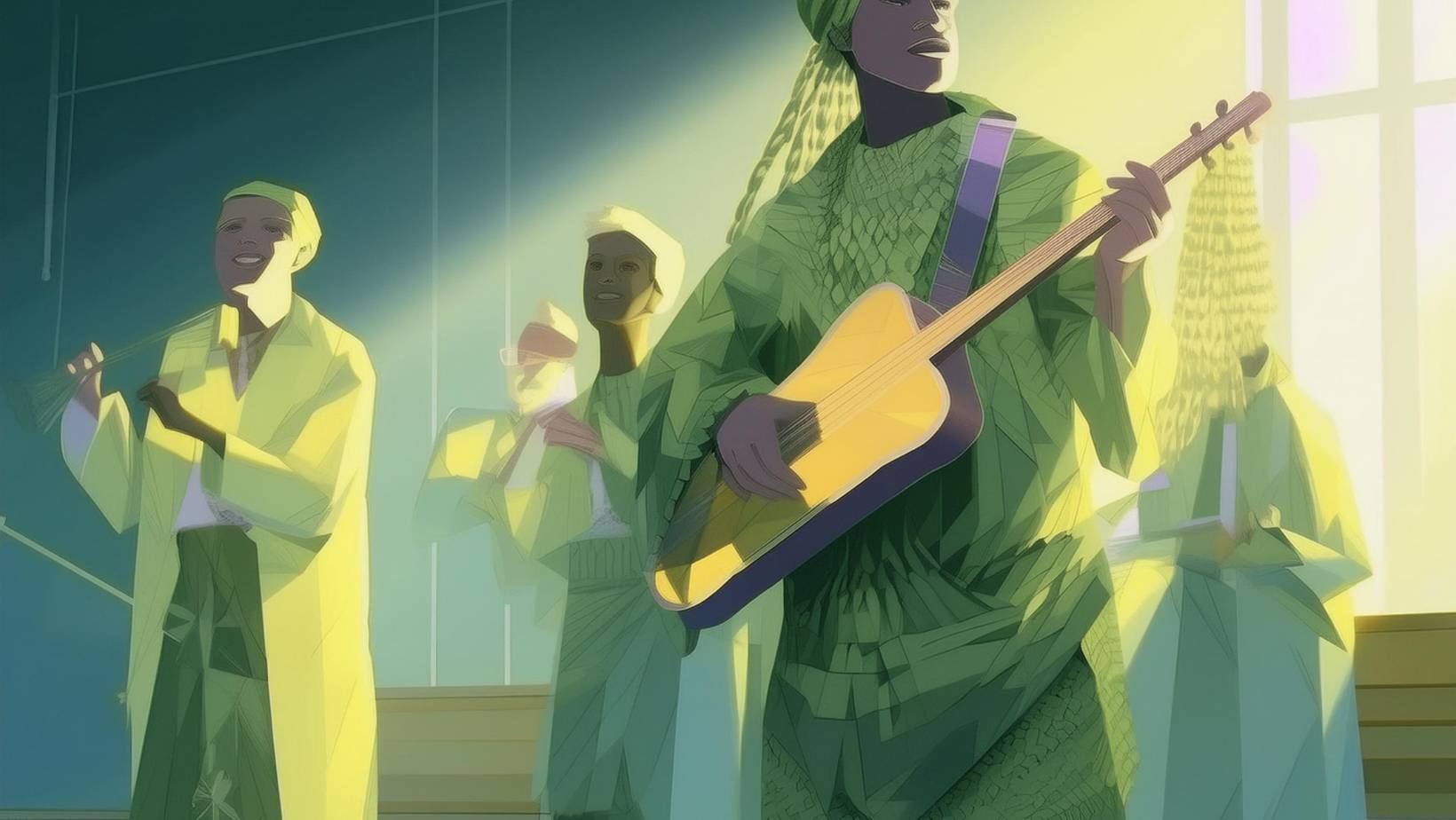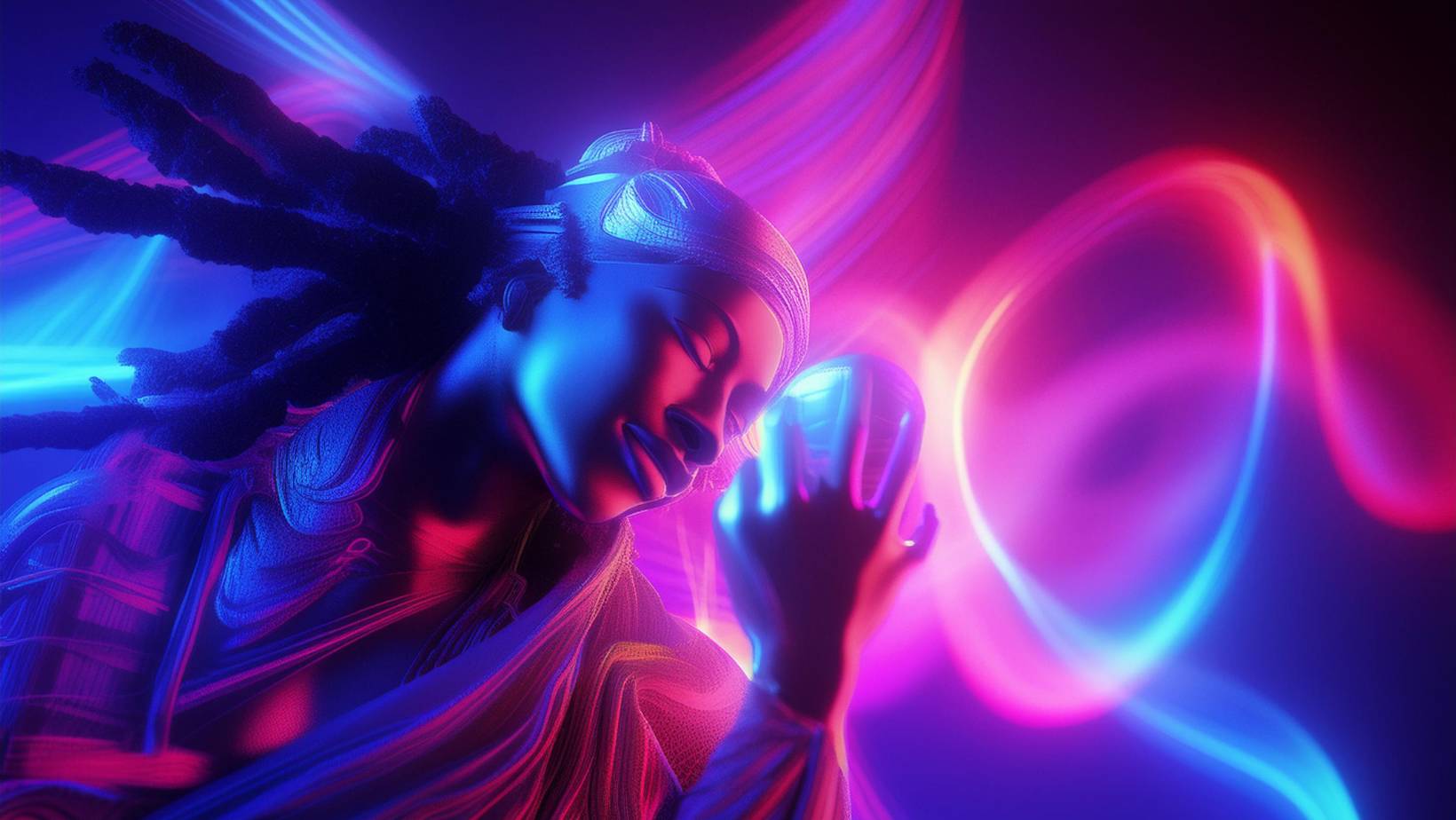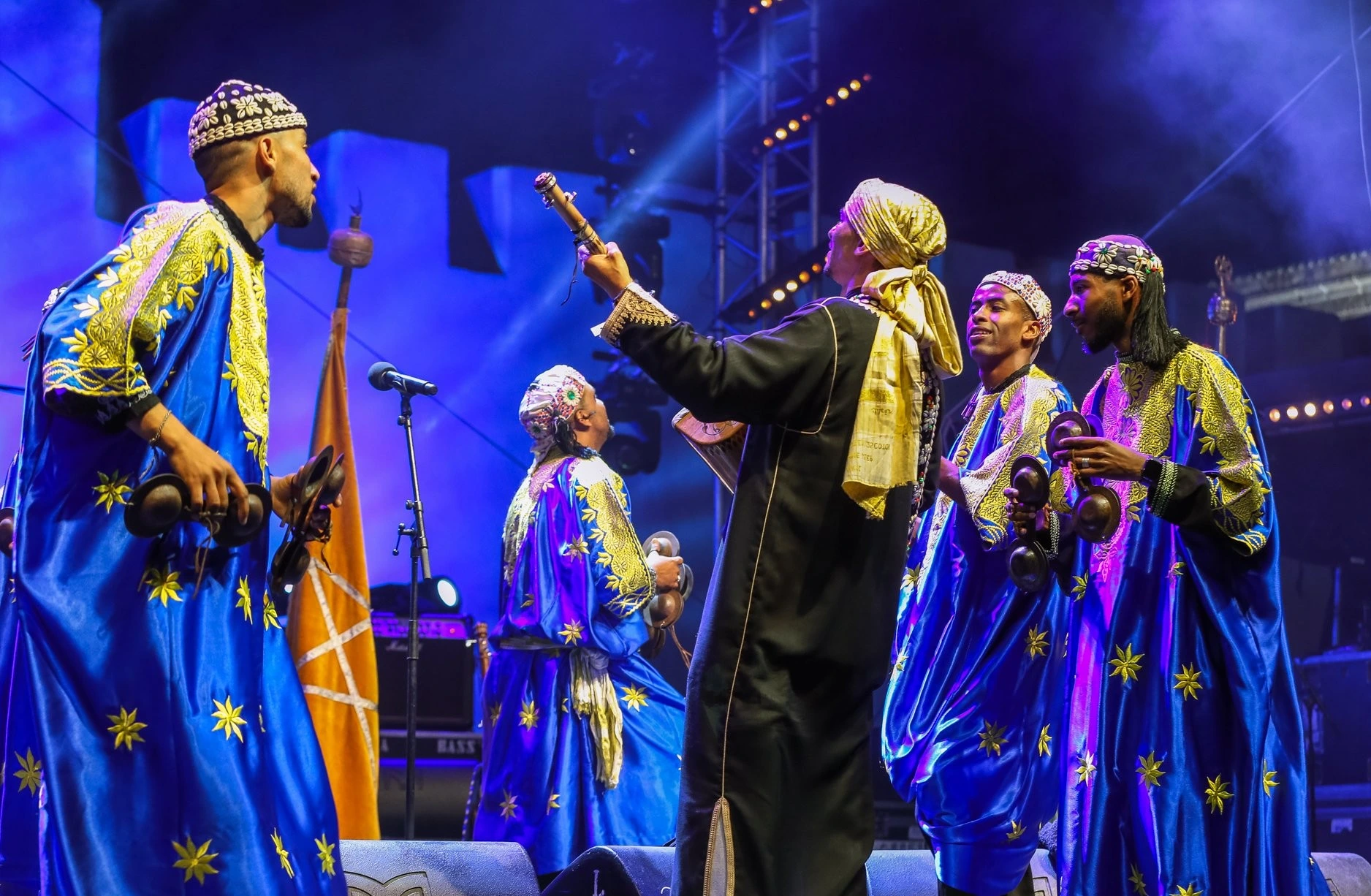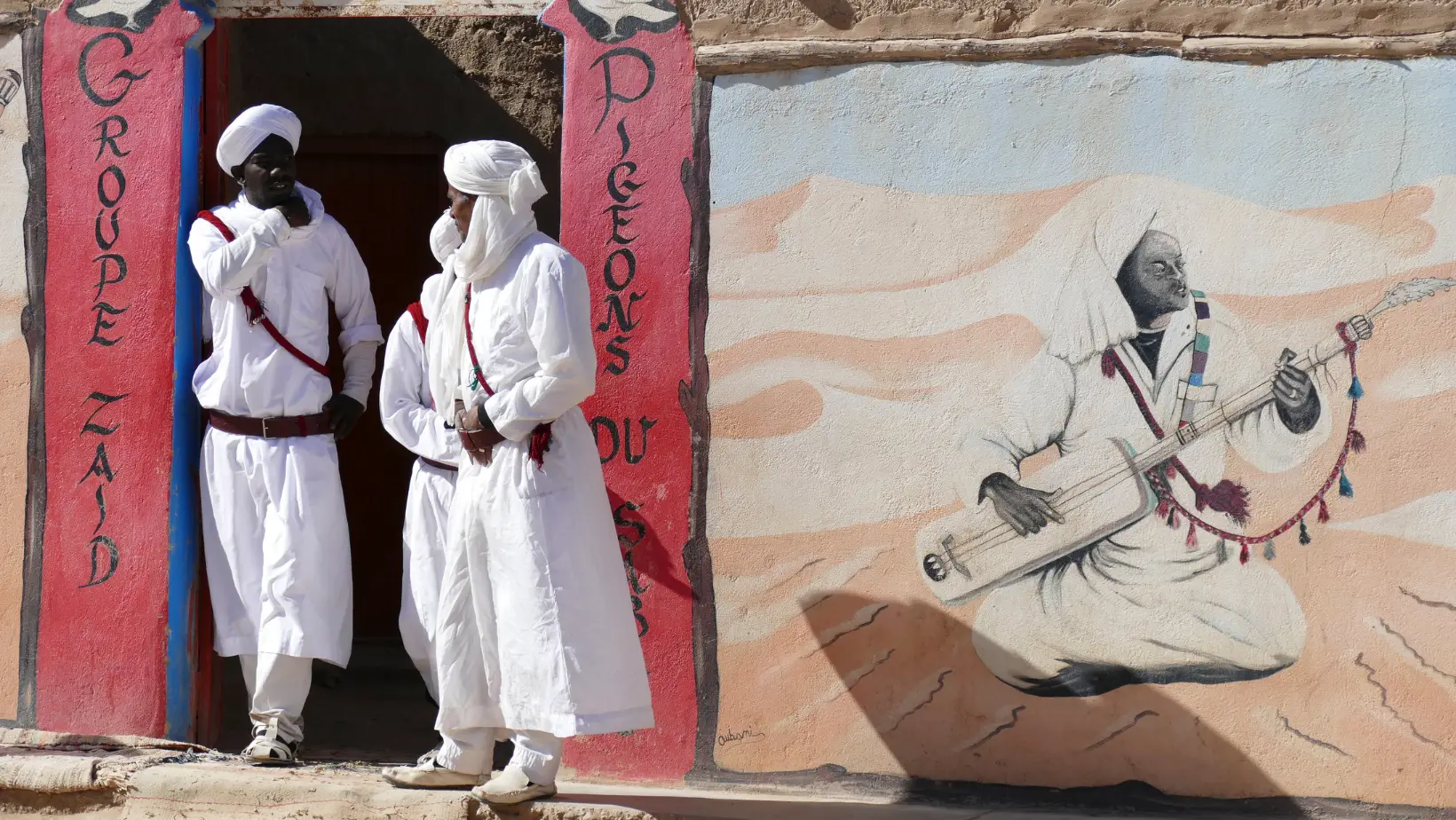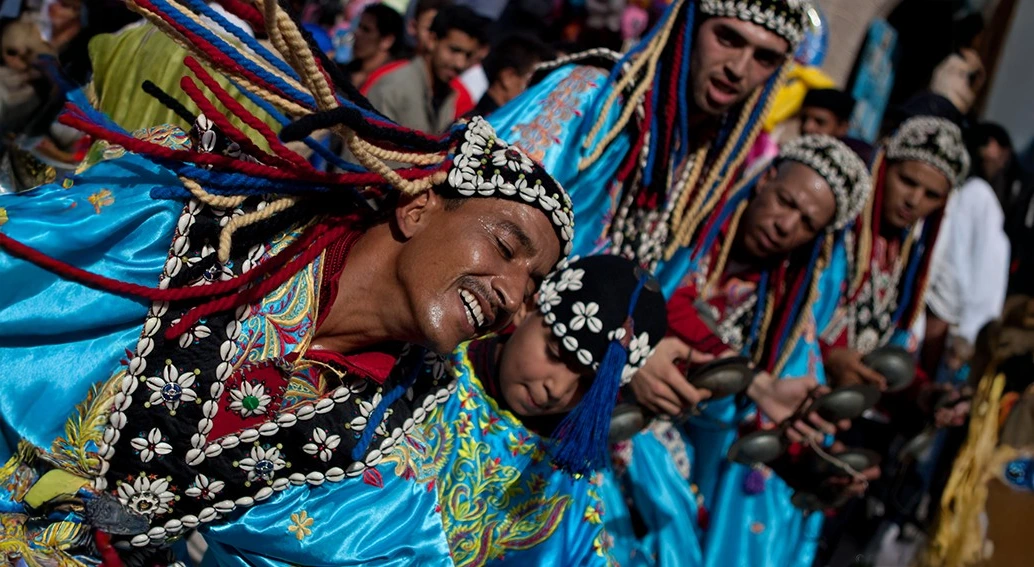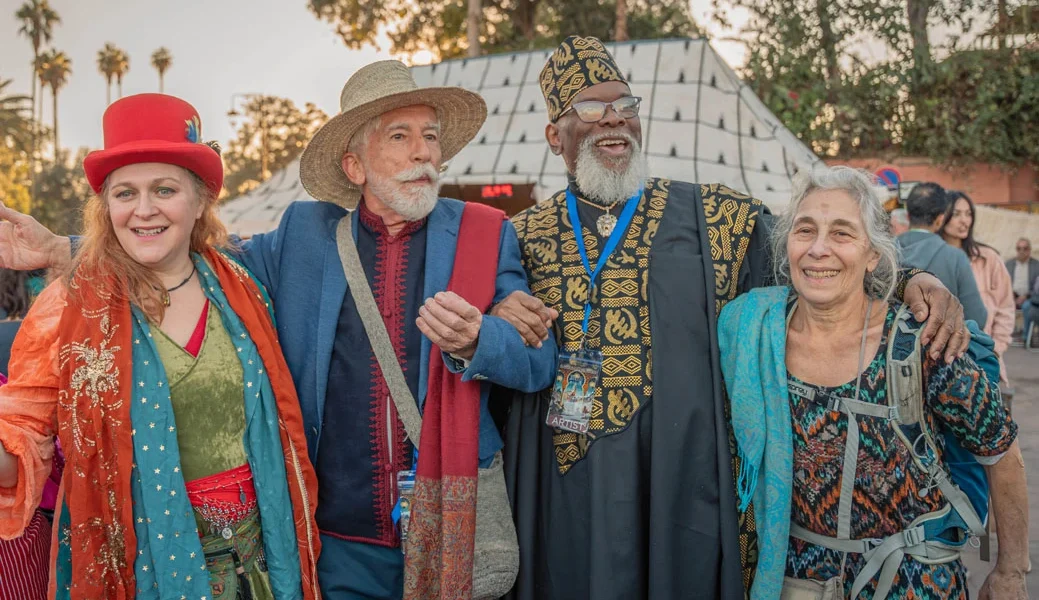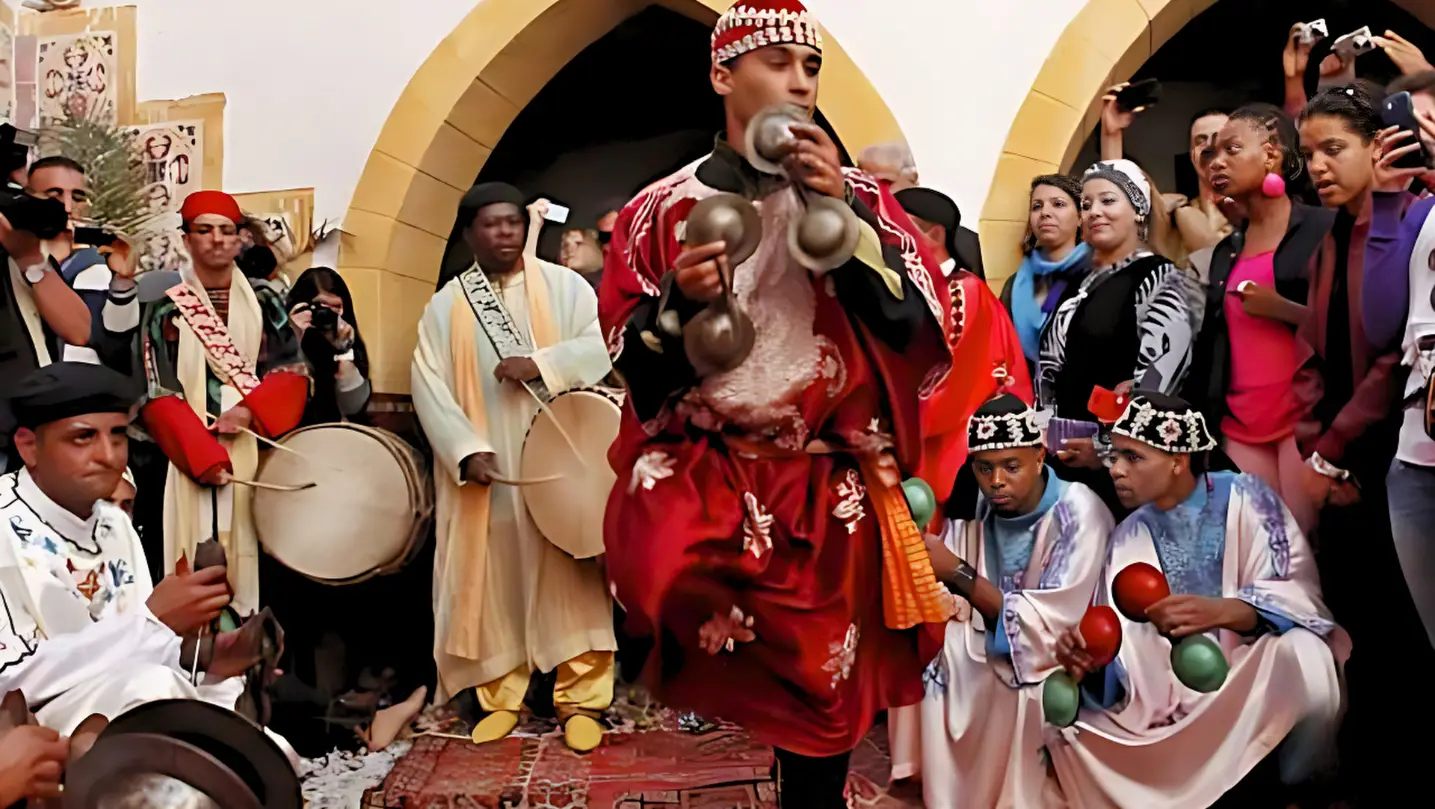In the realm of traditional healing practices, Gnawa rituals stand out due to their unique blend of music, movement, and spirituality. These rituals involve a complex interplay of rhythmic music and dance, which have captivated researchers and enthusiasts alike. This article delves into the neurological underpinnings of these rituals, focusing on how the rhythmic components of Gnawa music activate the motor cortex and basal ganglia, promoting movement and dance. Additionally, we will explore the therapeutic benefits of these physical activities in improving motor coordination, physical rehabilitation, and emotional expression.
The Motor Cortex and Basal Ganglia: An Overview
The motor cortex, located in the frontal lobe of the brain, is pivotal in planning, controlling, and executing voluntary movements. Complementing this is the basal ganglia, a group of nuclei that play a crucial role in motor control, motor learning, executive functions, behaviors, and emotions. Together, these brain regions ensure the seamless execution of coordinated movements.
Rhythmic Stimulation and the Brain
Rhythmic stimulation, such as that found in Gnawa music, has a profound impact on the brain. The repetitive and predictable nature of rhythms can enhance neural connectivity and synchronization within the motor cortex and basal ganglia, facilitating movement and coordination. Studies have shown that auditory rhythmic stimuli can entrain motor responses, leading to improved motor performance (Thaut et al., 1999).
Gnawa Music: A Rhythmic Elixir
Gnawa music, characterized by its hypnotic rhythms and repetitive melodies, serves as a powerful medium for inducing trance and movement. The primary instruments include the Guembri (a three-stringed lute), Qraqebs (large iron castanets), and various drums, producing a rich tapestry of sounds that resonate deeply with the human psyche.
Activation of the Motor Cortex and Basal Ganglia
The rhythmic components of Gnawa music are particularly effective in activating the motor cortex and basal ganglia. When individuals engage with these rhythms, either through listening or dancing, their brains respond by synchronizing neural activity in these regions. This synchronization not only enhances motor coordination but also promotes a sense of unity and flow in movement.
Neuroplasticity and Dance
Dance, as a form of physical activity, has been shown to induce neuroplasticity – the brain’s ability to reorganize itself by forming new neural connections. Engaging in dance, particularly to rhythmic music like that in Gnawa rituals, can strengthen the neural pathways associated with motor control, leading to improved motor skills and coordination (Burzynska et al., 2017).
Therapeutic Benefits of Gnawa Dance
Motor Coordination and Physical Rehabilitation
The repetitive and structured movements involved in dancing to Gnawa music can be particularly beneficial for individuals undergoing physical rehabilitation. The rhythmic cues can serve as external stimuli that guide and enhance motor performance, making rehabilitation exercises more effective. Research has shown that rhythmic auditory stimulation can improve gait and balance in patients with Parkinson’s disease and stroke survivors (Nombela et al., 2013).
Emotional Expression and Mental Health
Beyond the physical benefits, Gnawa dance offers a powerful outlet for emotional expression. The immersive experience of dancing to rhythmic music can facilitate emotional release, reduce stress, and improve overall mental well-being. The communal aspect of Gnawa rituals also fosters social connection and a sense of belonging, which are essential for emotional health.
Case Studies and Anecdotal Evidence
Numerous anecdotal accounts and case studies highlight the therapeutic impact of Gnawa rituals. Participants often report feelings of euphoria, emotional release, and a profound sense of connection to themselves and others. These experiences underscore the potential of Gnawa music and dance as holistic healing practices.
Conclusion
Healing through movement, particularly in the context of Gnawa rituals, offers a fascinating glimpse into the intricate relationship between music, the brain, and physical activity. By activating the motor cortex and basal ganglia, the rhythmic components of Gnawa music promote movement and dance, leading to numerous therapeutic benefits. From enhancing motor coordination and facilitating physical rehabilitation to providing an outlet for emotional expression, Gnawa dance stands as a testament to the profound healing power of rhythmic movement. For further reading on the impact of music on the brain, check out this comprehensive review on music and neuroplasticity.
